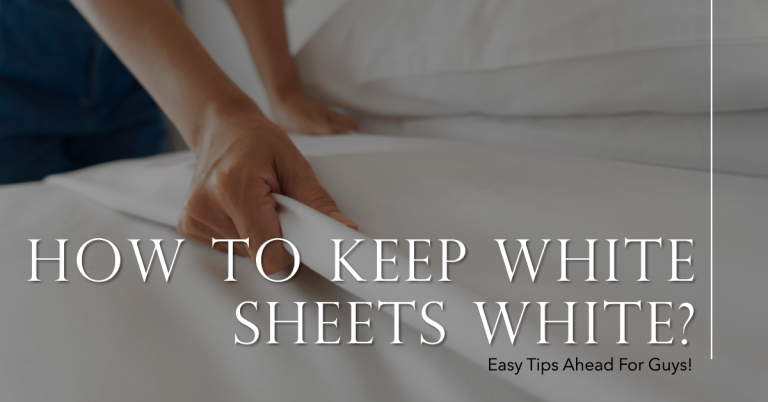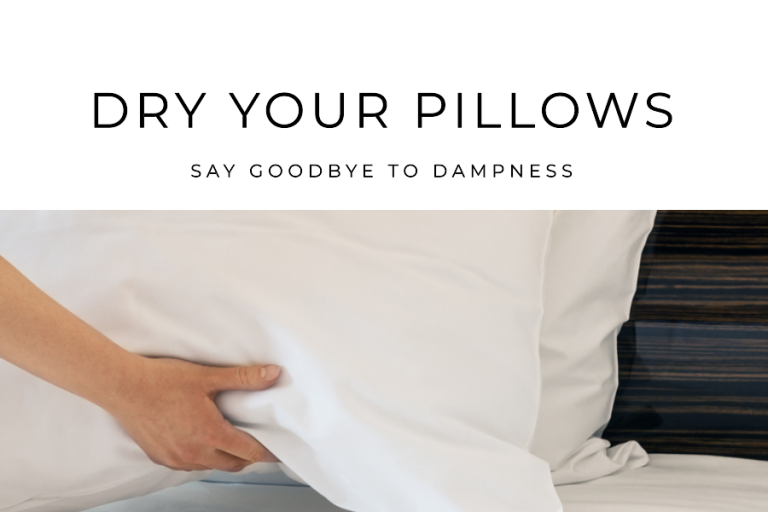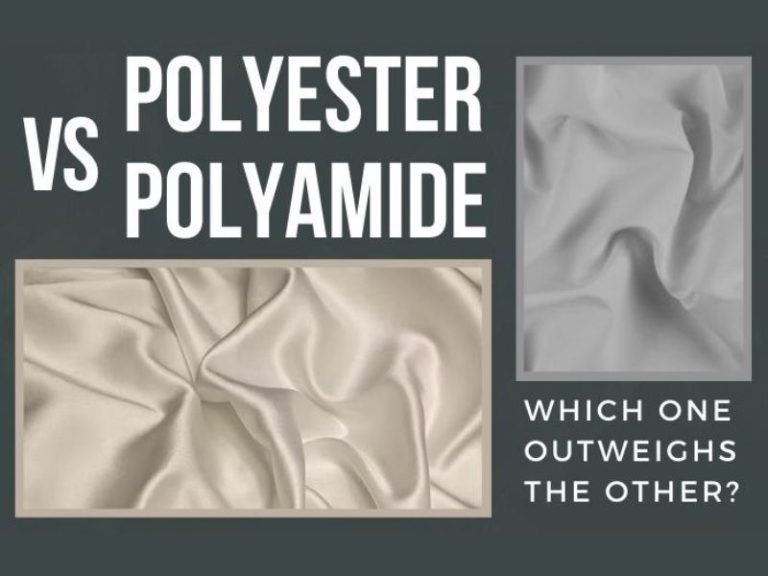If you have a lice infestation, it’s critical to ensure that any stragglers are eradicated following treatment. If not discovered early enough, head lice can spread throughout the family. These parasites can even travel to your hats, towels, or bedding.
Can head lice live on pillows and sheets? The bad news is yes! These bloodsuckers can stay on your bed linens for one or two days.
If you are looking for helpful tips to protect your bedding from these parasites, look no further than this post! Let’s check it out to discover it in detail!
What Are Head Lice?
Head lice are parasitic insects that attach to living organisms’ hair or fur and live on the blood on the host’s scalp. These insects adhere to the hairs on the host’s head around the root of the scalp and hair and release their eggs close to the skin.
These irritating insects aren’t going away on their own, they will migrate from this host to another by crawling, using their tiny legs since they lack wings. Worse still, when they settle on a person’s head, female ones proceed to lay nits, which are tiny eggs.
Female insects may release an average of at least 200 nits. When nits are born, they are often as big as pinheads. Adult nits may be the same size as sesame seeds. After staying in the host’s hair for around ten days, the nits open and the nymph appears.
After 7–10 days, the nymph reaches maturity. The nymphs have matured into full-grown parasites and can begin laying eggs again at this stage.

Can Head Lice Live On Pillows And Bed Covers?
The short answer is yes! Lice and their eggs, called nits, can survive on your pillows and bedding covers.
These insects attach their eggs to their hosts’ hair strands. So, if a strand of hair containing an egg slips out when the parasite-host is asleep, the egg may land on pillowcases or linens.
A louse may lay eggs even when it is without a host. However, the good news is head lice cannot survive long in bed sheets as they require scalp blood and heat to be alive.
According to the Centers for Disease Control and Prevention (CDC), these little insects can live for around 48 hours after dropping off a host’s scalp. These bugs can spread from one host’s head to another if they come into contact with hair or share combs, pillowcases, or caps.
While it is reassuring that mattresses and cushions do not transmit head lice, you must wash them regularly!
How Can Remove Head Lice Infestations?
Are you searching for ways to remove these pesky insects from your bedding?
The fact that sleeping head-to-head with another person can raise the chance of having head lice spread to them. The only way to get rid of lice is by catching them on the pillow, which is not common.
Here are several simple steps to ensure that you or your family are clear of these pesky insects. Let’s scroll down!
Oil Your Head And Comb
Without a host, head lice die rapidly. So the first step is to get them out of your family’s or your hair. The best method for killing these insects at home is to apply the oil directly to the scalp and comb.
Brush off these insects. Ensure that your pieces are about an inch wide when you comb every strand. Combing eliminates head lice, especially larger ones.
The louse may start dying the moment it settles. Any residual crumbs will have perished by the following day!
Washing And Drying Your Begin Nitpicking

You must adequately wash away and remove head lice eggs with a specialized treatment shampoo like LiceDoctors. It would be best to slowly and thoroughly inspect, locate, adhere, or look through all hairs, concentrating efforts as some may exist there. If you find any, kill them immediately.
You must follow a basic follow-up procedure to prevent parasites from going back and eliminate any residual nits.
Following your lice therapy, use a specific head lice treatment oil on your hair several times over a few weeks.
Get Rid Of Head Lice Of Your Pillows And Sheets
The most popular method for cleaning pillows and bedding sheets is to set them aside for about one day. These crumbs will eventually die without an ideal temperature and warmth. To remove head lice from your mattresses and beds, follow these steps:
Step 1: Remove everything from your bed, including pillow covers, blankets, and bed linens.
Step 2: Use hot water to wash these items. After that, you can use a hot dryer.
Step 3: Place non-washable items in plastic containers for over a week.
Step 4: Allow the infested things to sit in direct sunlight for several days.
Step 5: Vacuum over your bedding to remove any remaining insects.

Eliminate The Root Cause
To prevent a recurrence, eliminate crumbs from the hair, the root cause of the infestation. You can use over-the-counter medicine lotions, shampoos, and oils to get these insects out of your hair.
If none of these head lice treatments work, contact a dermatologist for more effective treatment.
Read more: Copper Pillow Benefits
Conclusion
This article has finally reached the bottom of your question: Can head lice live on your bedding? The answer is yes, but for no more than 48 hours because they will die without food or an ideal temperature.
If you are experiencing this situation, you should treat lice infestations immediately by oiling the hair, killing these insects’ eggs, following the after-care plan, or using DIY sprays for bedding.
Other tips suggest that after having lice treatment removed from your hair, you consider cleaning your home entirely to prevent any remaining lice or these insects’ eggs from being introduced by outsiders.
If you know other methods, you can share them in the comments below.
Thank you for reading!
FAQs
Lice can live for only 1-2 days on any type of bedding, including bed covers, pillows, and comforters, just like mattresses. Head lice cannot survive without a human scalp as a source of nourishment (blood) for more than a day or two.
Stay away from sharing a bed with someone with a live lice infestation. Dry clothing and linens quickly after washing them in hot water. For two weeks, store stuffed animals, pillows, and other objects that can’t be washed in an airtight bag.
On a firm, smooth surface such as a floor, they are unable to crawl. Head lice are unable to jump or fly. They have to pull themselves through their hair or threads as they crawl from place to place. Nymphs and adult head lice can pass from one person to another or from one contaminated object to another.




